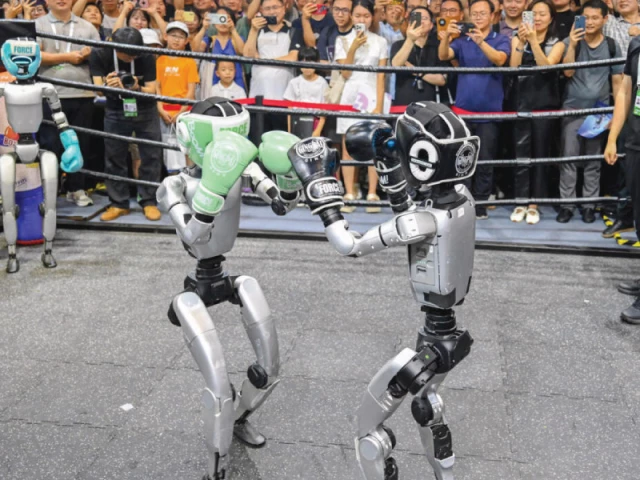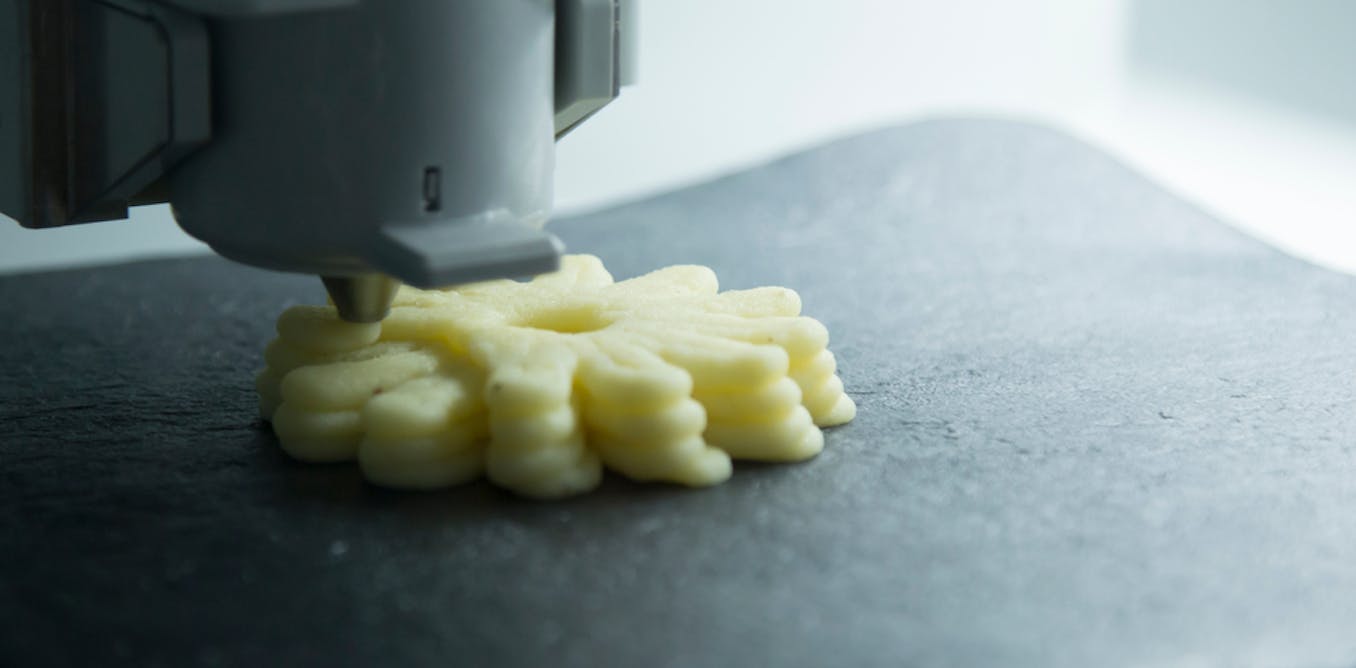China's Robot Revolution: Are We Ready for Humanoid Baristas and Boxing Bots?

Have you ever imagined a world where robots not only serve you drinks but also engage in lively games of mahjong or play music? Welcome to the future! At Shanghai's World AI Conference (WAIC) this weekend, dozens of humanoid robots took center stage, showcasing China’s remarkable strides in artificial intelligence.
This annual event is more than just a tech showcase; it's China's bold statement about its ambitions in the AI realm. As the government aims to eclipse the United States in both technology and regulation, the WAIC was buzzing with excitement and creativity. Over 800 companies flocked to this expo, unveiling a jaw-dropping array of over 3,000 products, but it was the humanoid robots that truly stole the show.
Opening the festivities on Saturday, Premier Li Qiang announced the formation of a new organization dedicated to AI governance, stressing the need to balance progress with potential risks. But as the conference unfolded, the atmosphere was less about caution and more about celebration.
“Demand is currently very strong,” said Yang Yifan, R&D director at Transwarp, a Shanghai-based AI platform provider. “The overall atmosphere in all these areas is very lively.”
And lively it was! One standout moment featured a robot drumming to Queen's 'We Will Rock You,' albeit a tad offbeat, while a human cheerleader engaged a giggling crowd. Other robots, dressed in everything from overalls to baseball caps, participated in assembly line tasks, played curling with human opponents, and even served drinks, albeit a little clumsily from a dispenser.
Despite their occasional jerky movements, the evolution of these robots is evident year after year. Experts suggest that due to substantial government backing, China may have already gained an edge over the United States in robotics.
At the Unitree stall, a remarkable G1 android, standing about 130 centimeters (four feet) tall, showcased its agility by kicking and shadowboxing with impressive balance. Just ahead of the conference, Unitree also revealed plans to launch a full-size humanoid, dubbed the R1, for under $6,000—a price point that could revolutionize the market.
Meanwhile, tech giant Baidu unveiled a new generation of “digital humans” that can think, make decisions, and collaborate—further blurring the lines between man and machine. As visitors immersed themselves in the spectacle of back-flipping dog robots and interactive humanoids, there was little concern about what the future might hold.
“When it comes to China's AI development, we have a comparatively good foundation of data and also a wealth of application scenarios,” said Yang from Transwarp. So, as we stand on the brink of this robotic revolution, one has to wonder: Are we prepared for a world where our bartenders and boxers might just be made of metal?
























